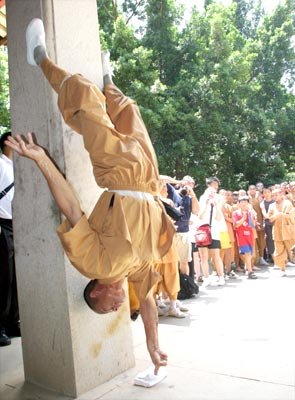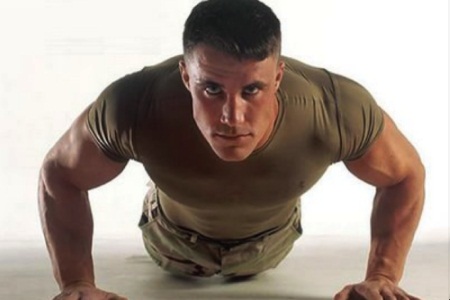Join the tribe of Movement & Calisthenics Athlete - people just like you that are working with their own body weight to get strength, lose fat build muscle, recover from injuries and live their best lives!
Thousand Years of Strength -History of Calisthenics
If you’ve ever flipped through the channels during a late-night TV marathon, chances are pretty good you’ve stumbled across an ubiquitous number of ads for exercise programs and equipment designed to help you build muscle and burn fat. Or take a look around when you walk into any gym, and you’ll find a plethora of options from free weights and machines.
But long before high-tech equipment and slick marketing pitches, true athletes and warriors, relied on something else to build muscular strength and endurance…their own bodies. The history of calisthenics is as old as the Greek empire where bodyweight training originated.
Spartan Power
If you were a soldier in training during the reign of the Spartans between 600 and 400 B.C., calisthenics would have been a regular part of your workout regimen. Young men being groomed for this elite army mastered the discus, javelin, wrestling, boxing, and other combat sports. And that’s where the history of calisthenics began.
Exercises like lunges, jumping jacks, sit-ups, crunches, pull-ups, squats, dips, planks, and calf raises were a regular part of the training regimen. But that’s only a small part of the history of calisthenics
Chinese Warriors
Source: http://www.sgtpeterson.com/blog/wp-content/uploads/2011/06/fingerpushups.jpg
In 527 B.C., Shaloin Monks in China were dedicated to protecting their monasteries from robbers and looters. And instead of searching for a peaceful solution, these monks used calisthenics to develop their ability to ward intruders. Think “Crouching Tiger Hidden Dragon.” They used bodyweight exercises to develop remarkable strength and power. And this allowed them to deliver punishing blows to the enemy, move with lightning speed, elude any aggressor trying to capture them. The history of calisthenics has a rich history as a training method to prepare for soldiers for combat.
Source: http://www.bodybuildingestore.com/wp-content/uploads/2012/05/Calisthenics-2.jpg
Army Strong Calisthenics
In the U.S. Army, new recruits are sent to boot camp where they learn military protocol. Here they’re forced to master all the basics about military service, officer seniority, marching, hand-to-hand combat, basic survival skills, firearms training, and more. But what boot camp is most well known for is the physical conditioning that takes place. And Persian army leader Sparta would be happy to know that the history of calisthenics wasn’t lost with the fall of his army.
In the U.S. Army, soldiers must take a physical fitness test at least twice per year. And there are three events they must pass. Push-ups, sit-ups, and a timed two-mile run.
The two-mile run is an excellent test of cardiovascular endurance. To score the maximum number of points on the run for the Army Physical Fitness Test a 25-year-old recruit would have to finish the 2-mile distance in 13 minutes or less. To run a 6:30-mile pace for two miles, you have to be in good physical condition. And that’s where the history of calisthenics appears once again as a time-tested way to build muscular strength and endurance.
Push-Up Power
A 25-year-old soldier must hammer out 75 push-ups to score the maximum 100 points on the Army Physical Fitness Test. Of all the bodyweight exercises and many variations that exist, the push-up is one of the most powerful exercises to build muscle and strength.
Most people typically assume the push-up is an exercise that builds your chest muscles. And that’s true. But you’re getting a lot more than a chest pump when you follow the orders to “Drop and give me 20!” Push-ups also help develop strength and muscle in your shoulders and back. And your entire core is engaged to stabilize your body as you raise and lower it to the ground with each rep. It’s one of those universal exercises that should be memorialized in the history of calisthenics.
Sit-Up Strength
Another exercise from the history of calisthenics that lives on in modern-day military soldiers is the sit-up. U.S. Army soldiers must be able to perform 80 consecutive sit-ups to score the maximum amount of points on the Army Physical Fitness Test. This exercise builds abdominal strength and works all the muscles that support your core. Sit-ups also strength your back and help you develop the kind of core strength needed to protect and serve.
Build Your Body with Calisthenics
The history of calisthenics is steeped in military training used by warriors, soldiers, and military specialists. It’s a proven method for building muscle strength and endurance. Mastering those skills leads to increased agility and power. And it will no doubt transform your body and your physique just as good as, or better than any made-for-TV piece of equipment.


